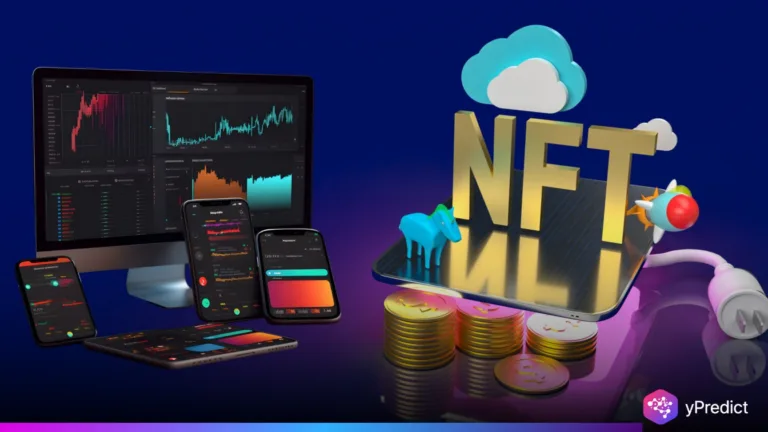
A new wave of institutional capital is washing through crypto markets. In its latest report, CoinShares reports $4.4 billion in inflows over a week—a staggering rise from the previous week, when the market took in $3.7 billion. Institutions appear far more confident in regulated investment vehicles specifically spot Bitcoin and Ethereum ETFs, with capital inflows approximating institutional interest. These investments appear to be a savvy hedge against the rise in global liquidity and its impact on volatile fiat markets. Since AI began to influence investor behaviors, crypto finally looks like it’s here to stay as institutions look for alternative hedges in traditional markets when disillusioned.
AI Triggers Institutional Shift Toward Crypto
Institutional sentiment has undergone rapid changes, with AI playing a central role. As per the CoinShares Report on outflows, the bulk of these flows were made through regulated vehicles, such as spot Bitcoin and Ethereum ETFs, which are often preferred by institutional participants. More and more, AI-led asset managers and trading platforms can quantify exposure to digital assets, including in weeks of macro volatility.
Increased institutional interest comes at a time when the National Bureau of Economic Research (NBER) has published an analysis linking crypto adoption with falling belief in conventional financial systems. Institutions exploiting AI’s capability to uncover inefficiencies and predictive breakouts likewise were able to front-run retail flows and volatility. As a result, institutions are now using machine intelligence not only to seek alpha but also to locate macro-hedging opportunities, something crypto increasingly offers.
Liquidity Surge Boosts Risk Appetite
The increase in flows is clearly connected to a wider liquidity boom across global markets. Central banks’ balance sheets are still large, and AI-enabled hedge funds have identified crypto as the top yield-earning asset. With fiat currencies waning and central banks nodding toward dovish signals, crypto is a risk or a return to a risk environment. On the plus side, crypto provides both return and an alignment with the narrative of technological optimism.
The CoinShares data also suggests that there are diversified flows, not only into Bitcoin and Ethereum, but even into altcoins like Solana and XRP. This represents a meaningful change in AI-managed portfolios, now showing greater risk tolerance and diversified approaches. The sharp increase in non-Bitcoin allocations suggests that AI tools no longer consider Bitcoin the sole hedge but rather part of a larger digital asset thesis.
Ethereum’s AI-Led Ascent Challenges Bitcoin Dominance
Ethereum nearly matched Bitcoin in inflows last week—a rare occurrence historically. The CoinShares Report attributes this to increased confidence in Ethereum’s utility and its alignment with AI-native infrastructure. Ethereum’s programmability makes it appealing for tokenized AI economies and on-chain computation, giving it a structural edge in this AI-led financial cycle.
AI-focused asset allocators increasingly deploy Ethereum to gain early exposure to decentralized compute layers and automated finance rails. This week’s near-parity inflow with Bitcoin demonstrates that the AI trade is evolving from store-of-value assets to programmable capital. It marks a subtle but important pivot in investor behavior.
Altcoins Emerge as AI Portfolios Widen Exposure
Beyond Bitcoin and Ethereum, altcoins like Solana and XRP posted net-positive inflows for the week. This shows that AI-driven funds are broadening exposure and breaking away from previously conservative crypto strategies. These inflows suggest that machine-led investment tools now recognize technical liquidity strength and adoption narratives in smaller-cap assets.
AI has reshaped how institutions gauge sentiment and momentum. Unlike human traders, algorithms often spot emerging cycles earlier, and this week’s altcoin allocation could signal the beginning of a more aggressive AI-led rotation. These decisions—once speculative—now stem from models trained on cross-market correlations, blockchain activity, and investor behavioral trends.






